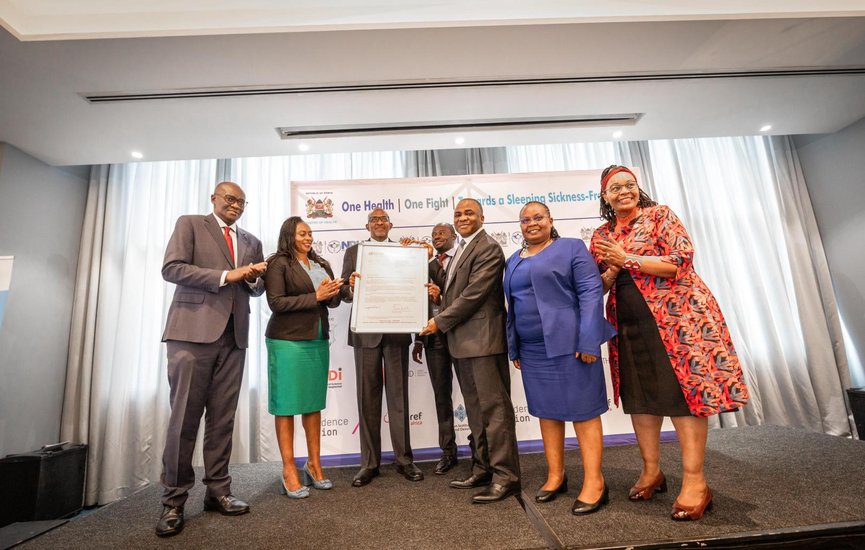Kenya has achieved a historic public health milestone: the World Health Organization (WHO) has officially declared the country free of sleeping sickness, scientifically known as Human African Trypanosomiasis (HAT). This marks the end of a 104-year battle that began in 1901, when the disease was first recorded along the Kenya-Uganda border. The last case was reported in 2009, and Kenya has since maintained zero incidence, demonstrating an extraordinary commitment to disease elimination.
Sleeping sickness, caused by Trypanosoma brucei rhodesiense and transmitted by tsetse flies (Glossina pallidipes and G. fuscipes), once posed a major threat to communities in western Kenya, particularly in Lambwe Valley. Over the decades, Kenya deployed a range of control strategies—from aerial spraying and bush clearing to insecticide-treated traps and livestock treatment. These efforts culminated in the complete eradication of the disease.
This success was driven by a multi-sectoral approach led by the Ministry of Health, supported by Kenttec, WHO, Amref Health Africa, KALRO, FIND, Kenya Wildlife Service, and dedicated health workers. Their collaboration ensured sustained surveillance, treatment, and vector control in affected regions. Dr. Tedros Adhanom Ghebreyesus, WHO Director-General, praised Kenya’s achievement as a major step toward eliminating neglected tropical diseases across Africa.
Kenya’s victory over sleeping sickness follows its earlier elimination of guinea worm disease and reinforces its commitment to eradicating other NTDs by 2027, including lymphatic filariasis, bilharzia, intestinal worms, and Kala-azar. Over 25 million treatments have already been delivered, and recent interventions have saved thousands of lives from deadly outbreaks.
This milestone is a testament to Kenya’s resilience, scientific leadership, and community-driven health strategies. It proves that even century-old diseases can be defeated through sustained effort, innovation, and unity.
